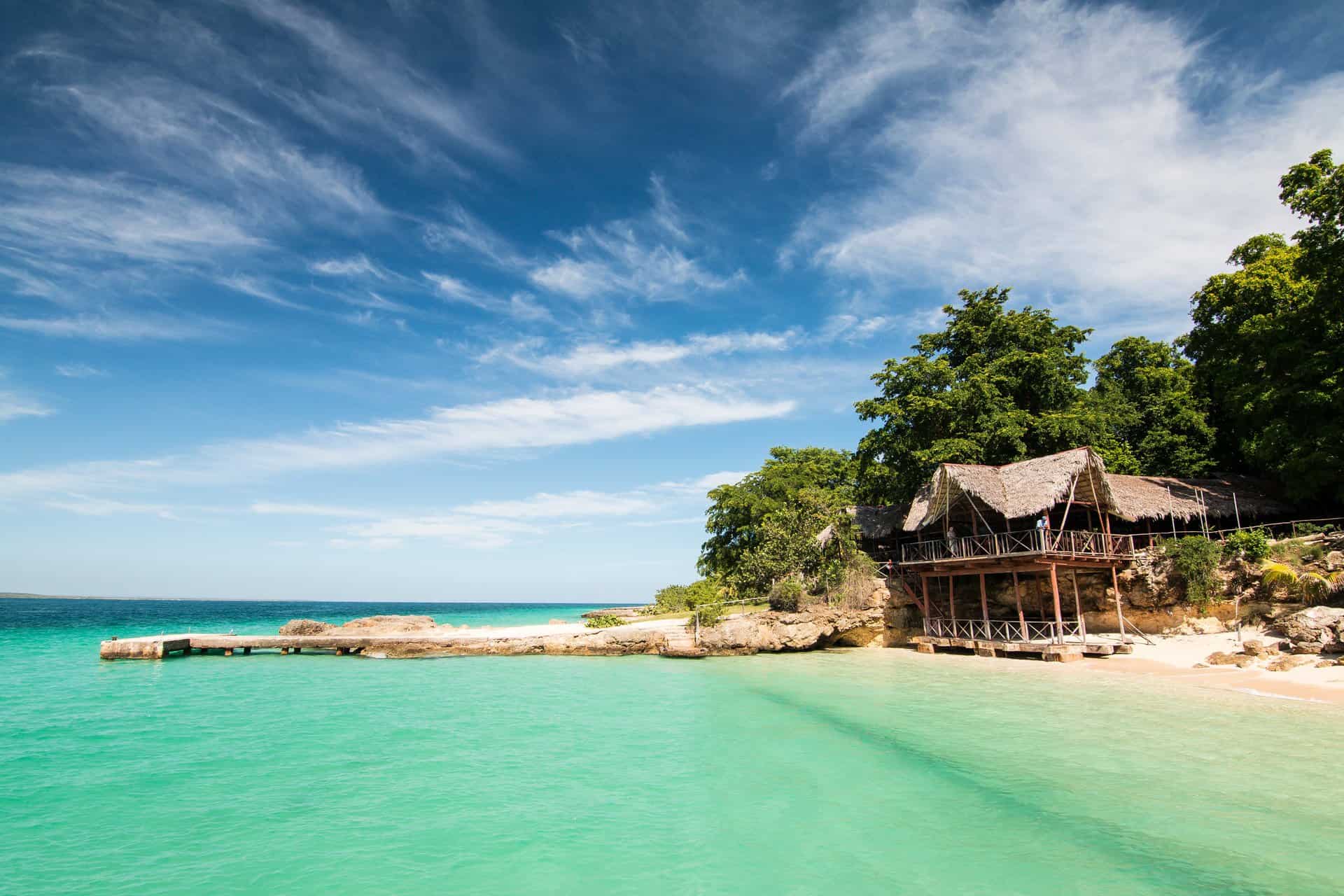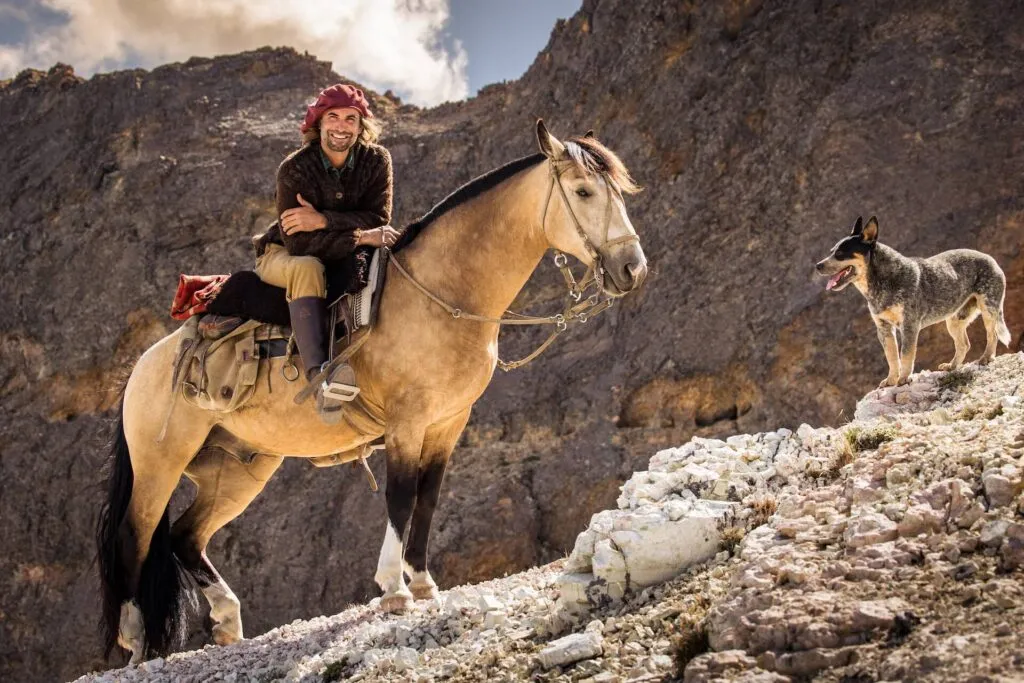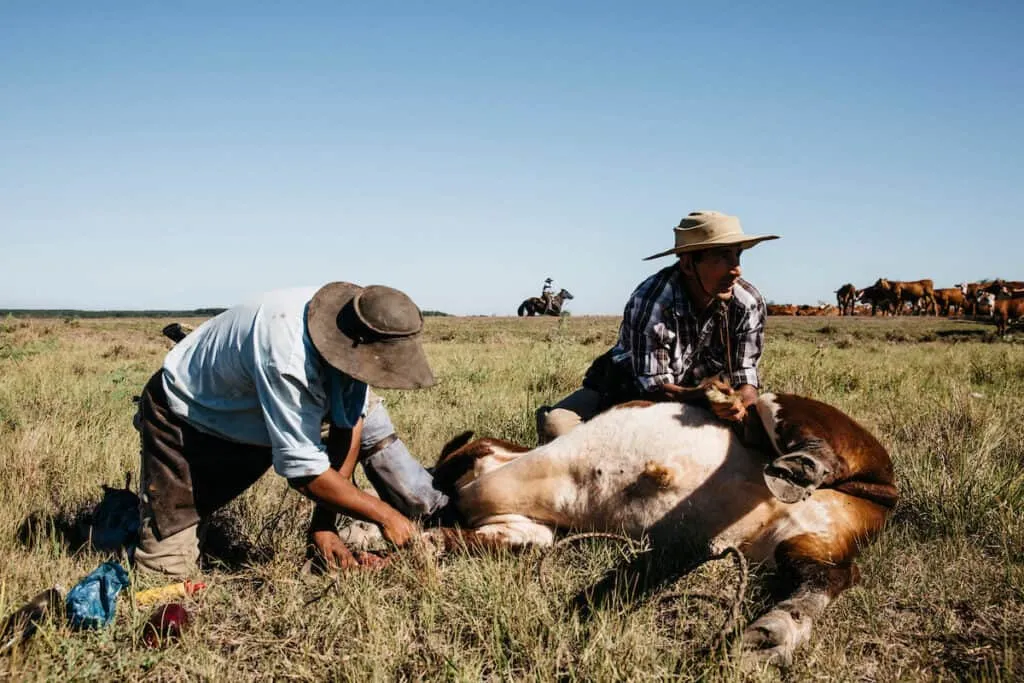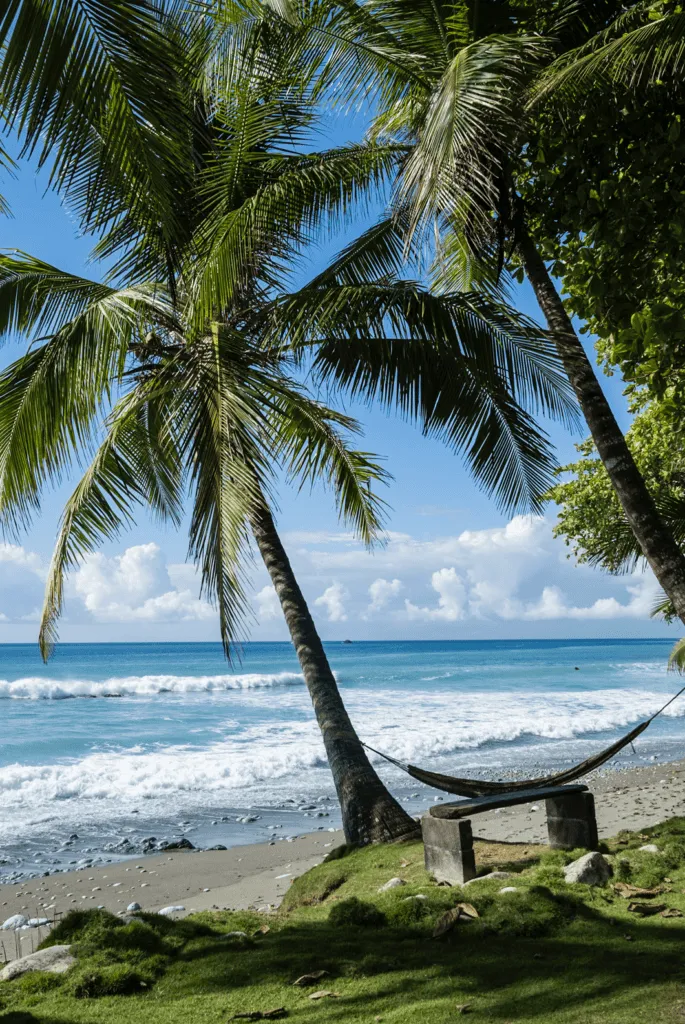

New York–based photographer Michael Turek has spent two decades refining the art of looking.
His work, published in The New York Times, Condé Nast Traveler and National Geographic, bridges documentary and fine art. A Kodak Ambassador and committed advocate for film, he approaches photography as a form of enquiry: a way of slowing down and paying closer attention.
This November, he joins PSA’s Harry Hastings in leading a photography expedition over the Andes, travelling by 4×4 from northwest Argentina into Chile’s Atacama Desert.
Ahead of the journey, Turek reflects on the merits of travelling with a camera, why he prefers film over digital, and how to look – and shoot – with greater intention.
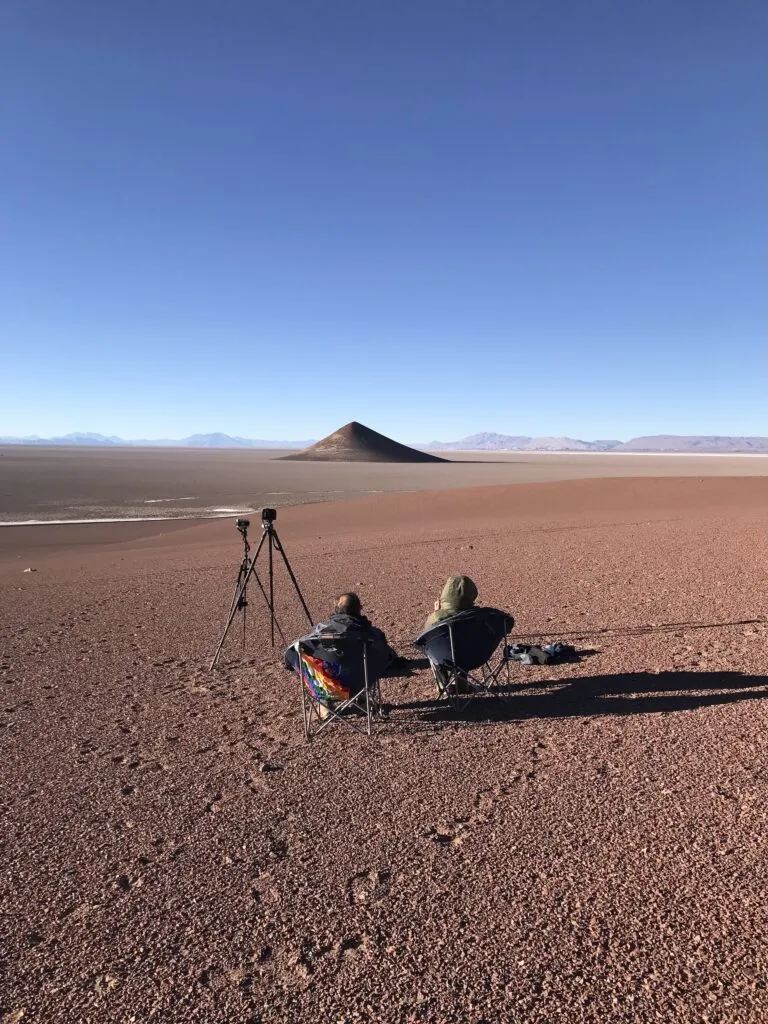
What drew you to travel photography – and what keeps you fascinated by it?
Taking a camera enhances the whole experience of travel because you’re engaged in trying to aestheticize what you’re seeing. You’re putting the world in a rectangle, and it brings you into a heightened level of awareness and intentionality.
Susan Sontag said photography is the act of pointing. When you see something that excites or inspires you, the instinct is to point – Hey, look at that, that’s cool. The camera formalises that instinct. In the time it takes to see a scene and put the viewfinder to your eye, you ask yourself: what about this scene interests me?
You choose what to include, what to exclude – and those decisions become your voice, your paintbrush, your identity.
You’re a fierce advocate for film. Why?
Analog photography is so much more creatively productive because of its restrictions. You know it’s not unlimited, so you approach each scene with a greater sense of jeopardy and urgency. You take an extra thirty seconds to measure the light, a minute with your meter, and suddenly your photograph is entirely intentional – nothing is left to chance.
Film also pushes you to move in a linear fashion, rather than getting hung up on any one frame. On digital, you lift the camera, take a shot, check it, and repeat – you end up walking in creative circles, over-perfecting the same shot. You can try to resist looking at the LCD screen, but you have to be like a Zen monk. With film, you can’t do that – it forces you to make true variations.
When I shot digital, I’d send editors seventy-five versions of the same picture. Once I switched to film, I started coming back with real variations, and they said, “Wow, what happened?” What happened was limitation.
On workshops, it also changes how you end your day. If everyone’s shooting digital, you spend the evening sitting at your laptop or comparing photos, which inevitably becomes competitive. With film, you can’t do that. Instead, you sit with a glass of wine and talk about what you saw, what you attempted to photograph, what worked, what didn’t. It becomes a meaningful conversation about the process.

What, to you, makes a ‘good’ photograph?
I want photographs to be beautiful and bizarre at the same time. I’m drawn to things that are objectively beautiful, of course, but they’re a dime a dozen. But if you can have both – something aesthetically pleasing in harmony with something askew or slightly jarring that makes you look twice – that’s a good photo.
Ultimately, the purpose of taking photos is storytelling – it’s a type of language. And like good writing, there’s text and subtext, analogy and metaphor; it’s more than just straight reporting. That’s where the pleasure lies.

Tell us about the gear you’re packing for your upcoming expedition to Argentina – and why each camera earns its place in your bag.
There’s going to be an array of camera systems, each for different things. On occasion, I’ve been able to travel really light with one camera, and it is really freeing, but I like having options for different long-term projects.
The medium format is most likely going to be a Pentax 67 — it’s big and heavy, but great for the desert. I plan to do a lot of nighttime photography, which requires long exposures.
I might also bring a sixty-year-old Mamiya Universal Press. The advantage is it doesn’t need a battery, so you can keep the shutter open for six or seven hours without draining power — essential when you’re shooting through the night. Another fun fact is that it has interchangeable film backs, which means halfway through a roll you can play around and switch to a different stock — black and white, or a different colour speed.
I’ll definitely take one of my Leica Ms, one of the few analogue cameras still manufactured today. I use it for a project called Sleeping on the Job. I set it up at the foot of the bed and let it expose through the night while I’m asleep. The light from a socket, a phone, an alarm clock slowly fills the frame. The results are strange and beautiful – a great souvenir of all these places I’ve slept in but can’t remember.
For someone who’s just starting out, what one camera would you recommend?
Honestly, the best beginner camera out there is the iPhone. It’s amazing, especially for shooting motion; I love making videos with it.
A brilliant camera that I always suggest for people starting out with film is the Pentax K1000. It’s a joy to use, and it looks really cool. It’s an old 35 millimeter SLR type camera that’s no longer in production, but was one of the most manufactured cameras in history. It’s a tank – it just has aperture, shutter speed and you can focus the lens. But as the saying goes, the more professional the camera, the less it does for you.

Every photographer knows the frustration of finding themselves somewhere extraordinary at the wrong time of day. What are your tips for dealing with bad light on the road?
This was one of my biggest frustrations when I was in Argentina last time: passing through these amazing landscapes and thinking, can we stay for an hour? Can we stay until tonight? But we had to keep moving. Unfortunately, I know we’re going to come across that scenario again on our upcoming trip, as we’re travelling such long distances. If you take a picture on your phone or digital camera, it looks pretty awful because the sun’s straight overhead.
Film can be a solution. I’ll be shooting on Kodak Portra 400, which I know if I overexpose drastically – five, six, seven stops – the colours begin to shift in a curious way – more pastel, more painterly. The grain reacts, literally exploding in a catastrophically incorrect way, and the image takes on a pointillist quality, like a Seurat painting. It’s an effect you simply can’t achieve digitally, and a great strategy for photographing a landscape in bad light.

How do you approach photographing people you’ve just met — what do you do before lifting the camera?
My best portraits are always taken from a seated position – you’re more relaxed, and more observational. It also makes you less threatening, and from three and a half feet off the floor, the vantage point fundamentally feels more conversational.
A tripod helps, too. Cameras are so intimidating, like a mask or a weapon that hides your face. By putting the camera down on a tripod, I can still look at the person when I press the button. The act of portrait-taking becomes an event – they take a deep breath, put their shoulders back, and react to the respect you’ve given them.
And before you even lift the camera, you have to create intimacy with the subject. Until you have that, it won’t be an interesting picture. You can build it in 40 seconds though body language, sharing a joke or a wink. If you can’t speak their language, force yourself to smile, giggle, pretend to be sheepish – it gets you a long way.
The ‘foreign gaze’ has become a big talking point in photography. How do you navigate that as a traveller behind the lens?
I’m not interested in spy shots. You see it all the time – long-lens photos of someone’s face from across the street or across a market. It’s a trophy headshot, like mounting a deer head on your wall.
Instead, get close. Ask, what are you doing? Where are you going? Have a conversation. Let them “smell” you, metaphorically speaking. I’m not saying there has to be eye contact, but I prefer an image that implies a relationship between you and the person being photographed, where their body language shows that they know you’re there. It’s much more intimate when there’s a mutual acknowledgement of presence – less like a human zoo photo.
Compositionally, I avoid tight headshots – I’m not a school yearbook photographer. Focusing solely on someone’s features can exoticise and feel exploitative, but add context and you dignify the whole scenario.
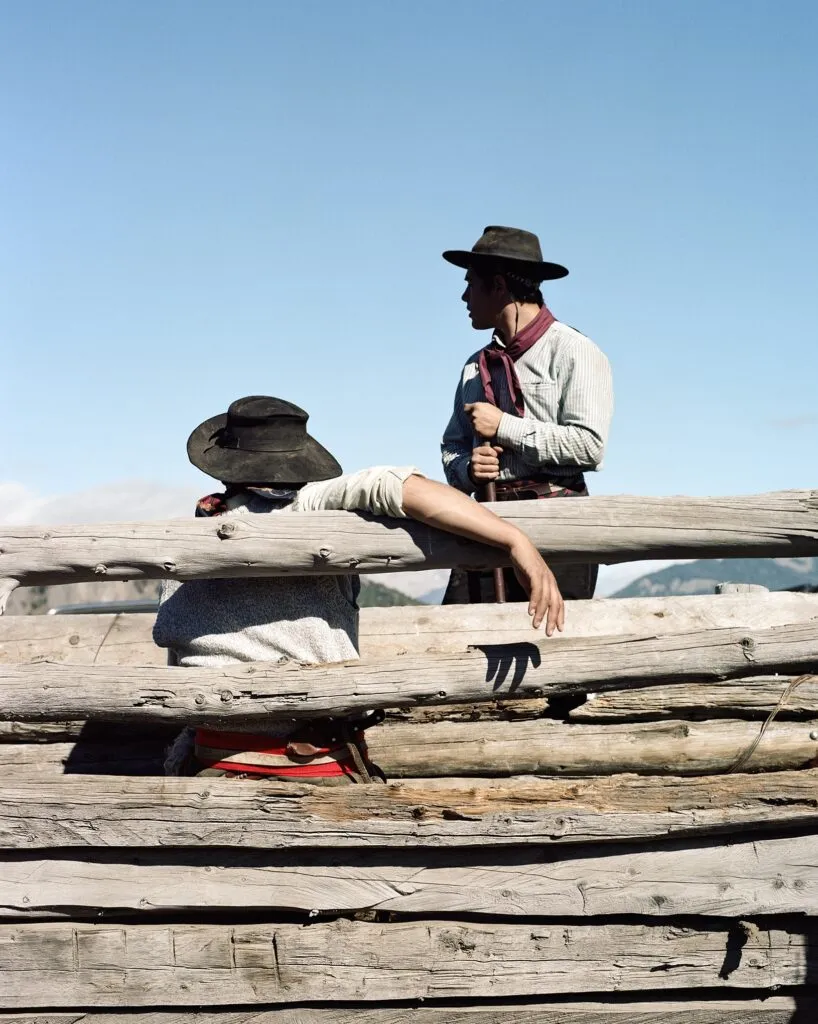
How do you go about planning and researching a photography expedition – what makes it a success?
Guides can make or break a trip – they have the keys to the kingdom. For instance, Santi, who is leading our Argentina expedition, is a pro; we’ll be relying on his expertise, engaging his local knowledge of what places could be interesting at what time of day. It allows for real spontaneity and adventure.
Before I go on a trip, I also spend a lot of time looking at photographs online. It’s helpful to know how a place has been visualised in popular culture – once you’ve seen all the postcards and know where everyone has taken a right-hand turn, you know where to go left.
For anyone looking to improve their travel photography – whether film or digital – what practical advice would you give?
Start by stripping your equipment down: take one camera and one lens, with a fixed focal length. It pushes you to make work that’s more definably yours. Think about great writers, painters, choreographers: they usually have a clear aesthetic that’s immediately recognisable. If you’re shooting with different lenses, focal lengths and mediums, it dilutes that unity of voice.
Zoom with your feet, not your lens – if your photos aren’t good enough, you’re not close enough. The camera is like a cyclops – it can’t see in 3D, so if you’re too far away then everything becomes flat. At times, you’ll wish you had another option, but find a creative way around it; often the resistance of using the “wrong tool” for the job can spark something new.
Bring a tripod, and use it even when you think you don’t need it. People assume it’s only for low light, but it’s the single best piece of kit to improve your work. It slows you down, takes the camera off your body, and shifts your perspective – you see a whole new world.
Finally, print your work. Don’t let it just sit on a hard drive somewhere. Photography doesn’t end with taking the picture; you have to make the artefact.
—
Through his ongoing partnership with Plan South America, Michael Turek is available for private and small-group photography expeditions across Latin America.
